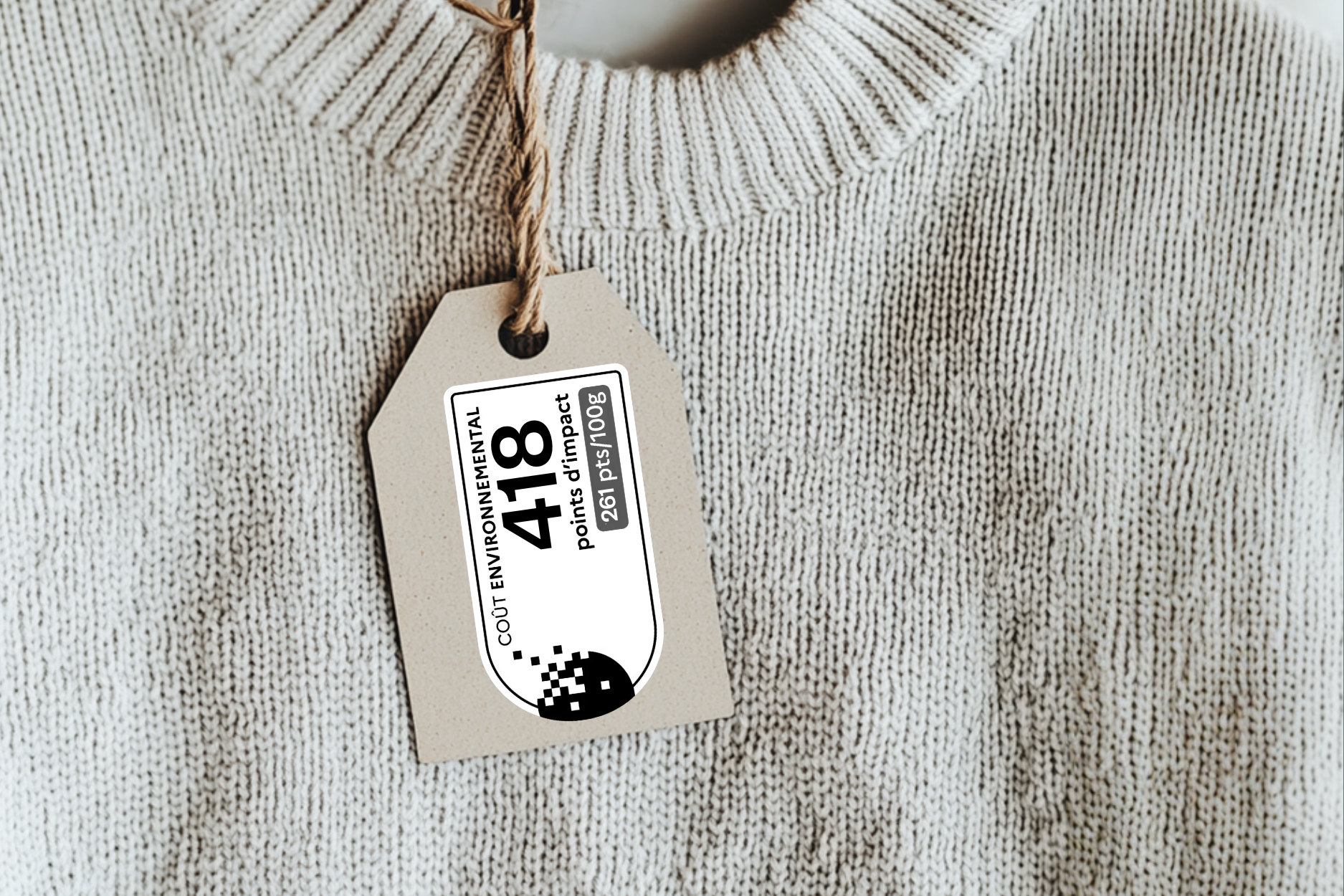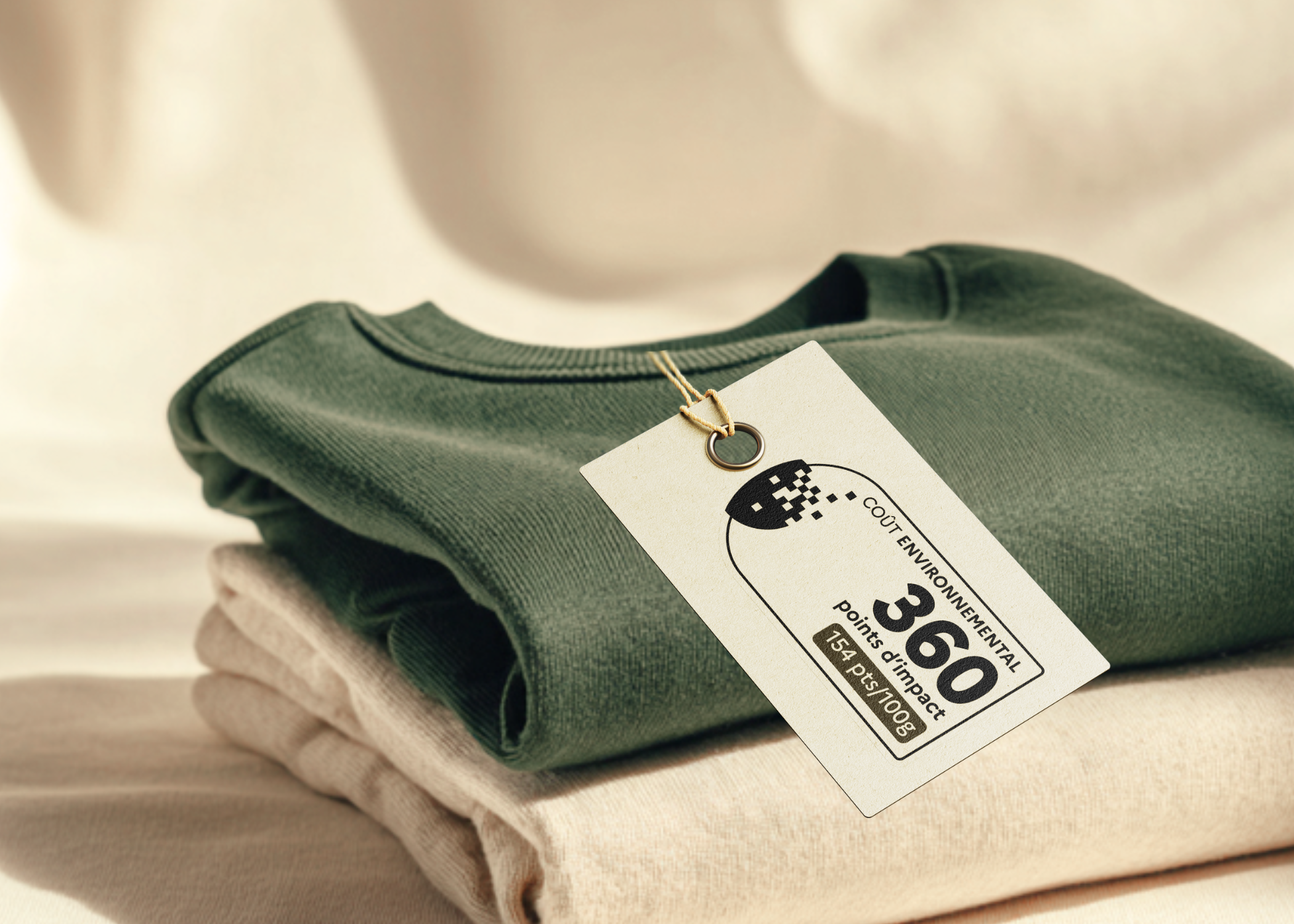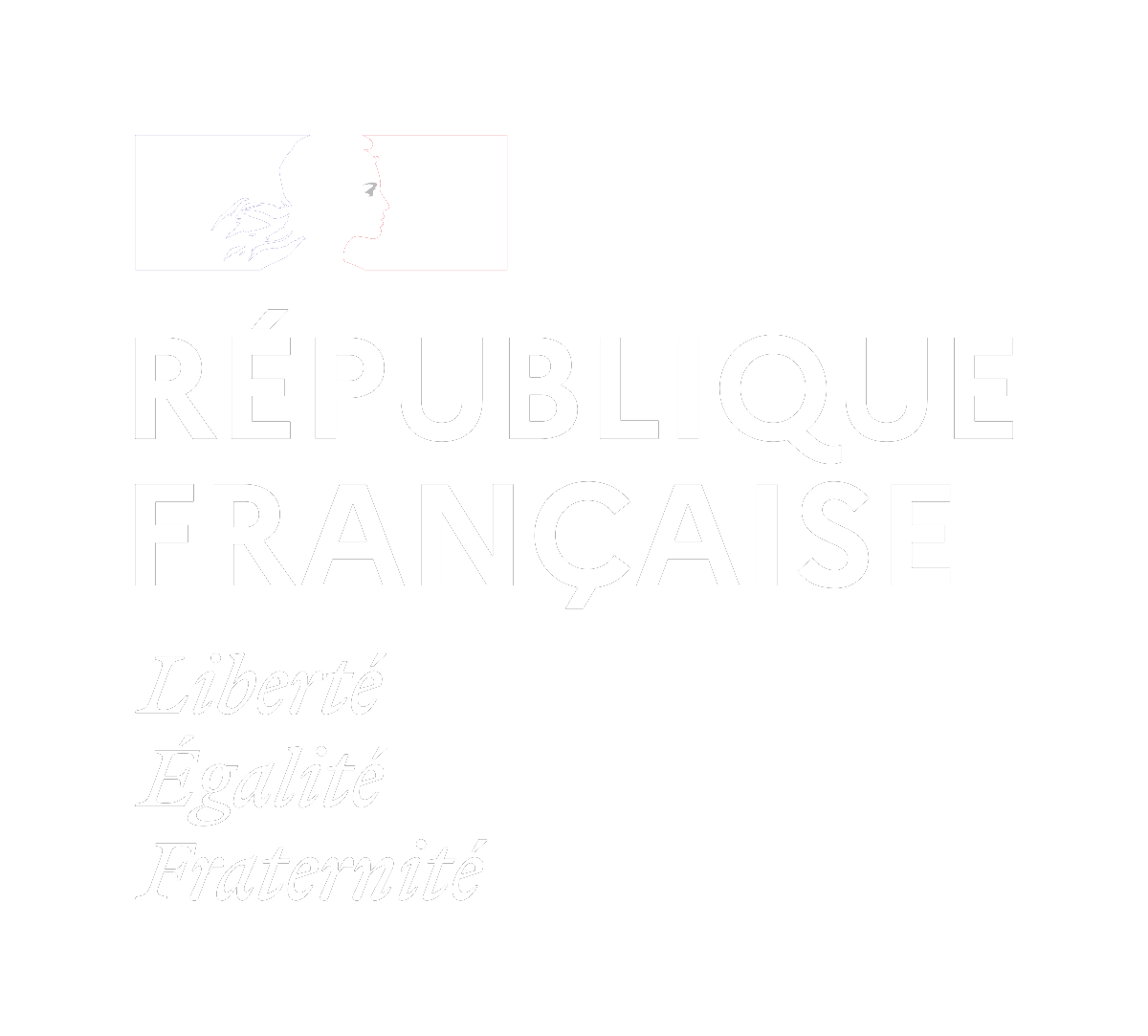What Are the Updates on Article 13 of AGEC Law?

At the end of April 2022, the textile industry took another step towards transparency by updating the AGEC Law with new obligations for brands to provide more information to their consumers. This is a major step forward, which will compel the fashion world to be more transparent. The new decree implementing Article 13 of the AGEC Law, published in the JORF (Official Journal of the French Republic) on April 30, 2022, requires brands to provide consumers with information on:
- traceability, the path taken by the product during its manufacture
- the risks of release of plastic microfibers related to the use of synthetic materials
- the presence of hazardous substances
- the presence of recycled materials and the recyclability of the product

What does the AGEC Law imply and who is affected?
The AGEC Law, the anti-waste law for a circular economy, serves as an extension to Article L. 541-10-1 of the Environmental Code and addresses "the prevention and management of waste". This concerns a number of goods including new textile clothing products, shoes or household linen intended for private individuals and, as of January 1, 2020, new textile products for the home. Furniture, upholstered seating or sleeping products, as well as textile decorative items are also concerned. This law is intended for all entities with a commercial activity in France, including:
- Producers
- Importers
- Distributors
- Other entities that market waste-generating products to consumers, including those using a website, platform or any other online distribution channel
The obligations to respect in a few points
Several aspects are addressed by the AGEC Law: from greenwashing to recyclability, fundamental issues for the fashion world are finally inserted in a well-defined legislative framework. What are the points to remember?
1. Prohibited mentions
The AGEC Law prohibits the use of "biodegradable", "environmentally friendly" or any other equivalent environmental claim on the product or packaging starting from May 1 for entities with a turnover exceeding 10 million euros.
2. The obligation to indicate the quantity of recycled material in the product
- This quantity is defined as: "the overall proportion by mass of materials derived from recycling"
- Textile and footwear products are included except for leather products
- This information is displayed for such products in the form of "product with at least [%] of recycled material"
3. The obligation to include a statement regarding the presence of microplastics in the product
- This information must be available when the percentage of synthetic fibers is greater than 50%
- This information must be expressed in the form of the statement "this item releases plastic microfibers into the environment during washing"
4. The obligation to indicate the name of the country where each of the following operations is mainly carried out, when they exist:
For textiles:
- The fabric manufacturing stage: weaving or knitting
- The finishing stage, ennobling: dyeing, printing, etc.
- The dressmaking stage
For shoes:
- Stitching
- Assembly
- Finishing

5. The obligation to mention the recyclable character of a product
For this type of waste, recyclability is characterized by:
- The capacity to be efficiently collected on a territorial scale
- The capacity to be sorted (for instance, the existence of recycling channels)
- The absence of elements or substances affecting sorting and recycling
- The capacity for the recycled material produced by the recycling processes to represent more than 50% of the collected waste
- The capacity to be recycled on an industrial scale and in practice, with a guarantee that the quality of the recycled material obtained is sufficient to reuse it in another process
This information is made available to the consumer under the mention "mostly recyclable product" when these five criteria are met.
If the recycled material produced by the recycling process represents 95% by mass of the waste collected, the information made available may include the words "fully recyclable product".
When the material produced from the recycling of the product allows the manufacture of a product of a similar nature, the statement "product recyclable into a product of the same nature" may be provided.
6. The obligation to mention the hazardous substances contained in the product
The hazardousness of the substance is characterized by a percentage by mass greater than 0.1% in the product. The list of substances subject is published in Commission Regulation (EU) No. 2017/999 of June 13, 2017, Article 1 and Annex points 2 and 3.
- The words "contains a dangerous substance" or "contains a substance of very high concern" must be displayed on the product
- The information must be completed with the name of each dangerous substance present in the product
What are the next steps for brands?
The schedule involving these obligations is progressive from January 1, 2023:
- Obligation on January 1, 2023 for entities with an annual turnover of more than €50 million and being responsible annually for placing at least 25,000 units on the national market
- Obligation on January 1, 2024 for entities with an annual turnover of more than 20 million euros and responsible for placing at least 10,000 units of these products on the national market each year
- Obligation on January 1, 2025 for entities with a turnover of more than 10 million euros and responsible for placing at least 10,000 units of these products on the national market each year

How does Fairly Made® support brands?
It is not always easy to evaluate your own production chain!
Fairly Made® offers customized support for brands. Thanks to our SaaS platform, brands can easily get an overview of the social and environmental impacts of their products and progress on the knowledge of their manufacturing chain.
Our teams of experts help brands to collect their supplier information, analyze it and make it accessible to the consumer thanks to product sheets. All the information you will need to precisely meet the new requirements of the AGEC Law.
Here is an example!





%20for%20Apparel%20-%20The%20Ultimate%202025-2026%20Guide.png)





.png)











.png)

.svg)